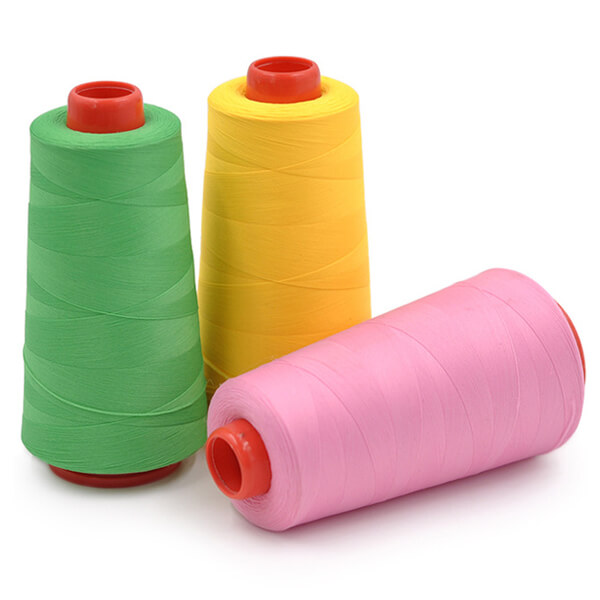These basic yarns are produced by twisting together relatively short fibers or fine continuous filaments. Some terms used in the context of yarns and thread construction are twist which is simply the number of turns per unit length.
The smallest failure in thread performance results in losses on investments in material, equipment, engineering, and labor. Hence, it is important to know your yarns and thread thoroughly. Enhancing the overall thread knowledge, analyzing thread parameters, the right selection procedure and use of yarns and threads plays a major role in achieving good sewing performance and the desired seam quality.
With our vast experience we understand different types of threads, their properties, thread construction, and factors affecting thread performance.
Our sewing threads are special kinds of yarns that are engineered and designed to pass through a sewing machine rapidly. They form efficient stitches without breaking or becoming distorted during the useful life of the product. The basic function of a thread is to deliver aesthetics and performance in stitches and seams. There are different factors that affect performance of sewing yarns and threads, hence they must be durable enough to withstand the abrasion and needle heat that occur while sewing, finishing, stretching and recovery.







